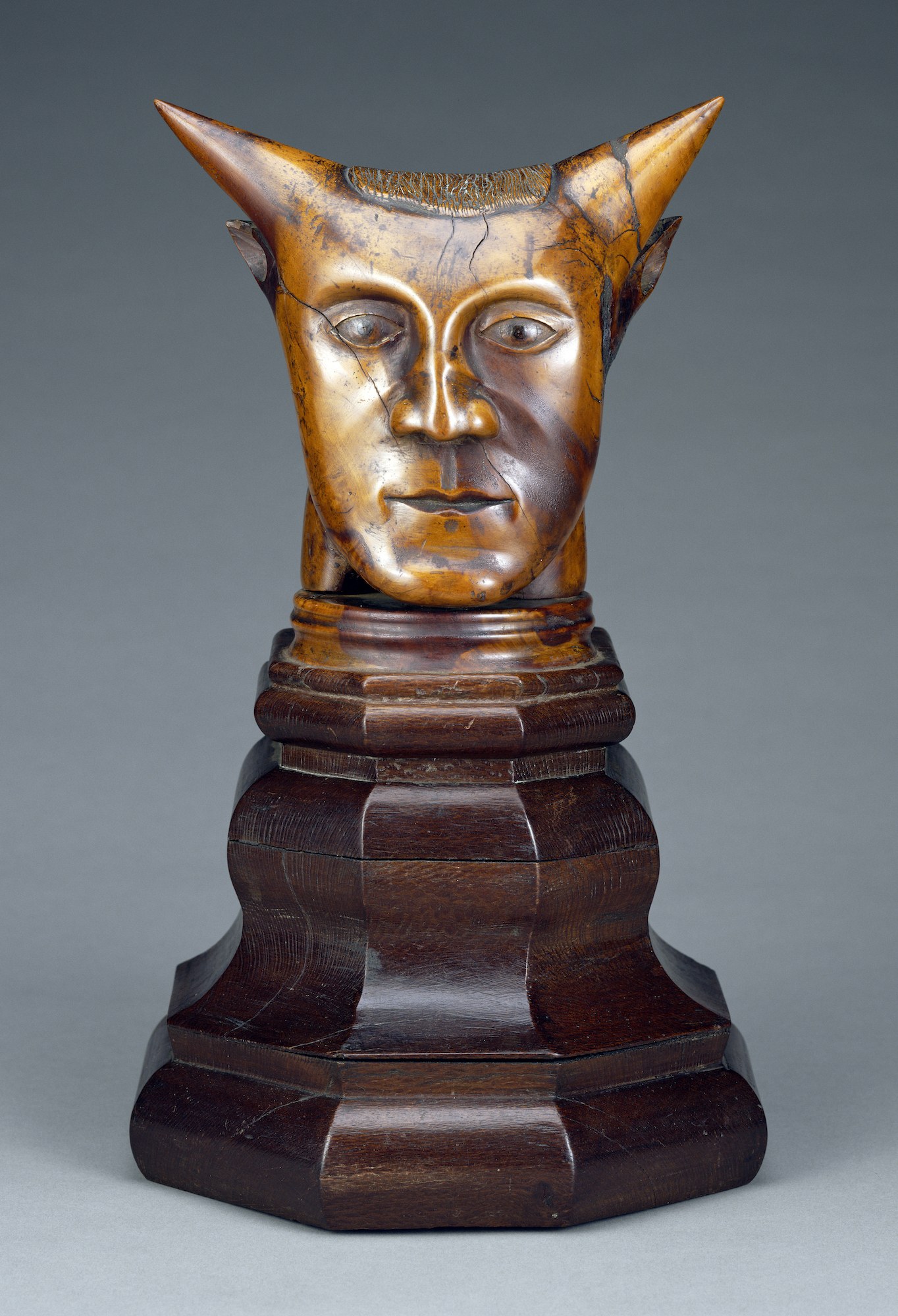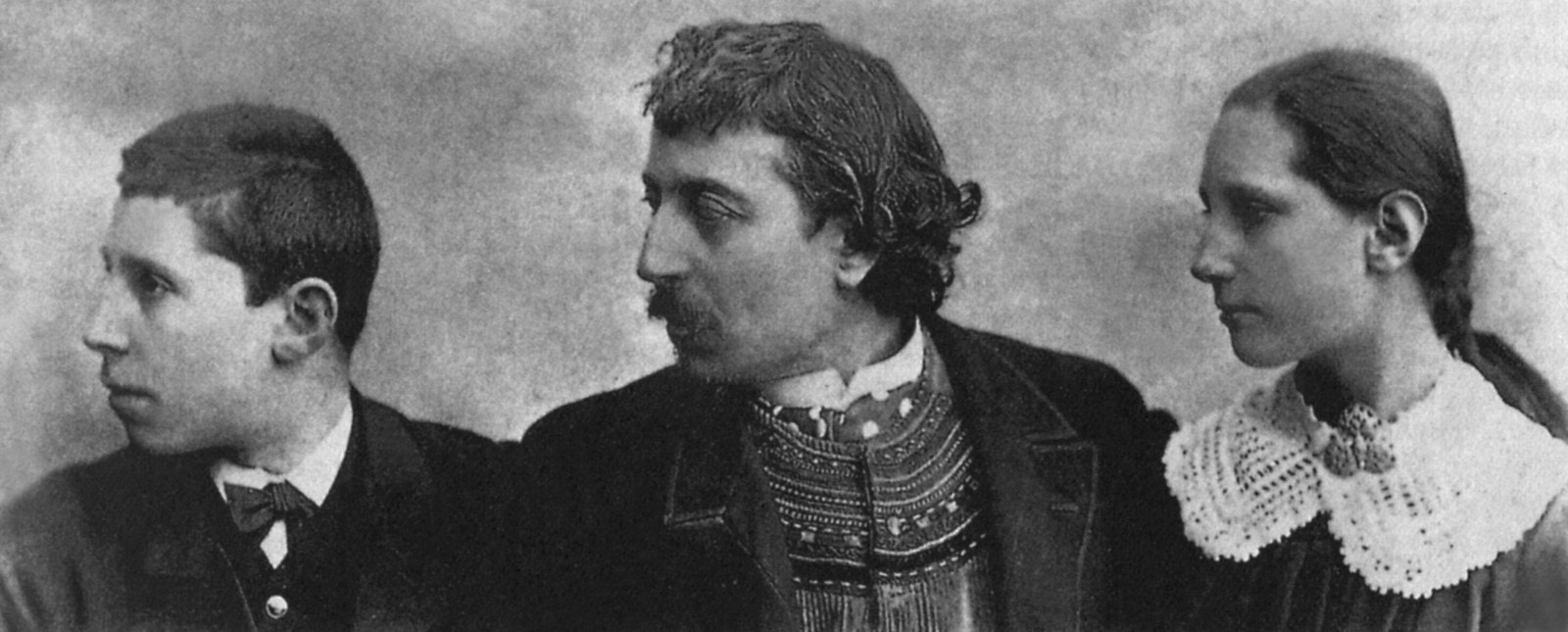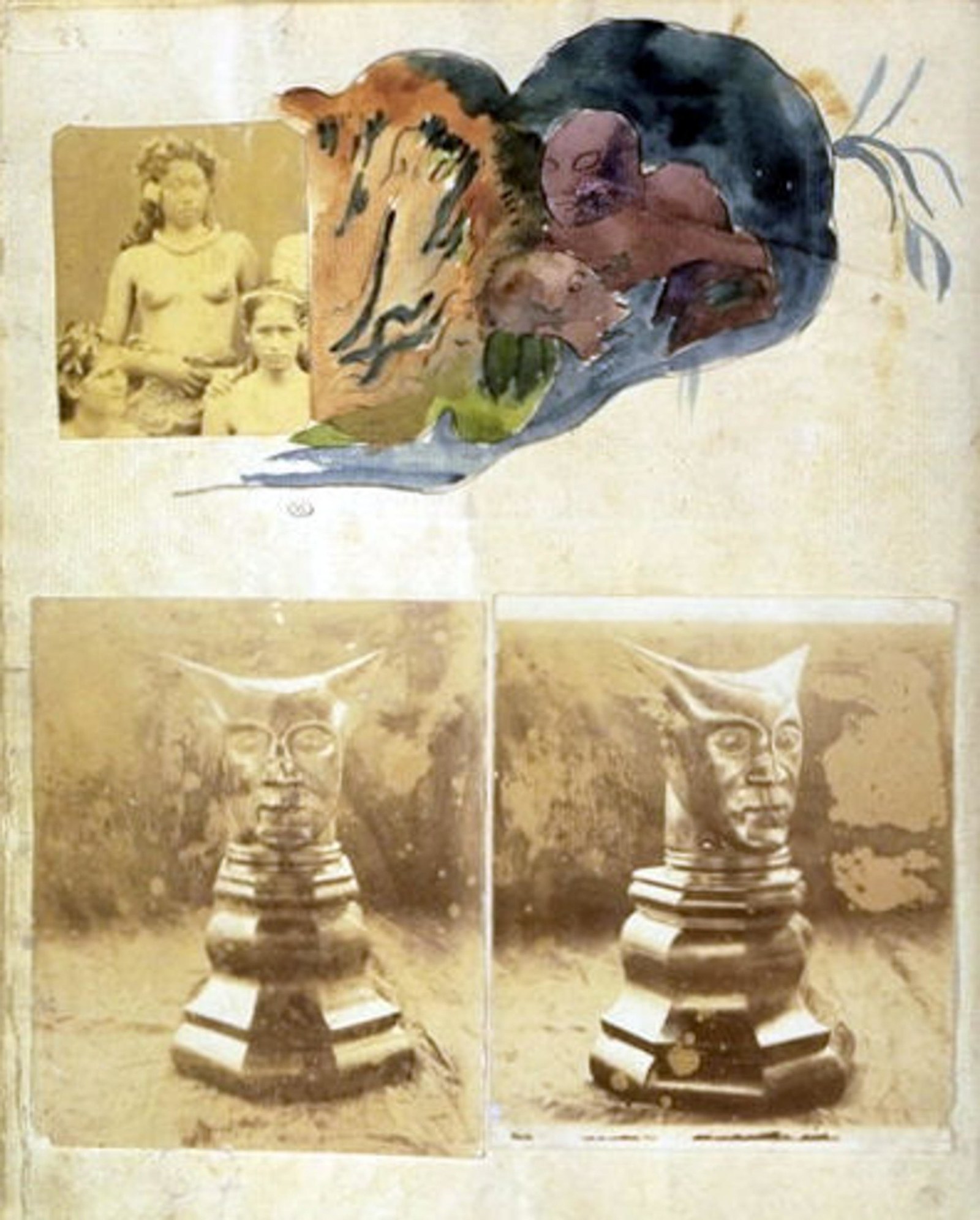Owned by Los Angeles's Getty Museum, Head With Horns, once believed to be the work of the French master, is now being attributed to a Polynesian artist.
For any museum, there are two worst-case scenarios: that a priceless work of art is stolen, and that a once priceless work of art is deemed worthless. The latter, unfortunately, has befallen the J. Paul Getty Museum in Los Angeles. For those who have visited the museum, there's a good chance they studied Head With Horns. Enclosed in its own glass compartment in the middle of a room, the sculpture is made of sandalwood with traces of polychromy on a lacewood base. More important, it was created by the famous French artist Paul Gauguin. That is, until it wasn't.
It was reported that the museum changed the attribution of the sculpture Head With Horns to "unknown." "This decision was based on scholarly research over recent years by Getty professionals and other experts in the field, including significant new evidence that was not available at the time of its acquisition," a Getty spokeswoman told The Art Newspaper.

Image may contain Bronze Art Sculpture and Figurine
Head With Horns at the J. Paul Getty Museum was thought to have been the work of Paul Gauguin. Now it's believed the famous French artist did not create the sculpture.Photo: Getty Images/Fine Art
The carved wooden head includes human facial features and devil-like horns. The work was believed to have been completed sometime between 1895 and 1897, coinciding with the time the artist was living in Tahiti. For decades, no one knew of the sculpture's whereabouts, until 1997, when it appeared at an exhibition, the work on loan from a private collector in the U.S. Several years later, the Getty paid a sum between $3 million and $5 million for it (the Getty does not disclose prices for acquisitions bought privately). Never before has this amount been paid for a statue by Gauguin. The record sum was mainly due to the fact that sculptures by Paul Gauguin are rare.
three people in a photo

Paul Gauguin (center) pictured with his wife (right) and son in 1891, right before the artist left Europe for Tahiti.Photo: Getty Images
News that a multimillion-dollar painting or sculpture has been deemed fake is nothing new to the art world. Modigliani, Degas, Picasso, and Matisse all have had their works purchased as "originals" only to later be discovered as fake. What makes the Head With Horns different, however, is that it wasn't created by a fraud trying to trick the public about his or her work. When the sculpture reappeared at the end of the 20th century, scholars looked at Gauguin's notebook to see pasted images that mirrored the Head With Horns. It wasn't until 2015 that a new album of photographs from the era was introduced, throwing the true creator of the work into question. It was there that another picture of the Head With Horns appears from 1894, a year before Gauguin left Paris for Tahiti.
page from a notebook

Paul Gauguin's album Noa Noa (pictured) shows images of the sculpture.Photo: The Picture Art Collection / Alamy Stock Photo
Head With Horns has since been taken off display at the Getty. It currently remains in the museum's storage facility.
